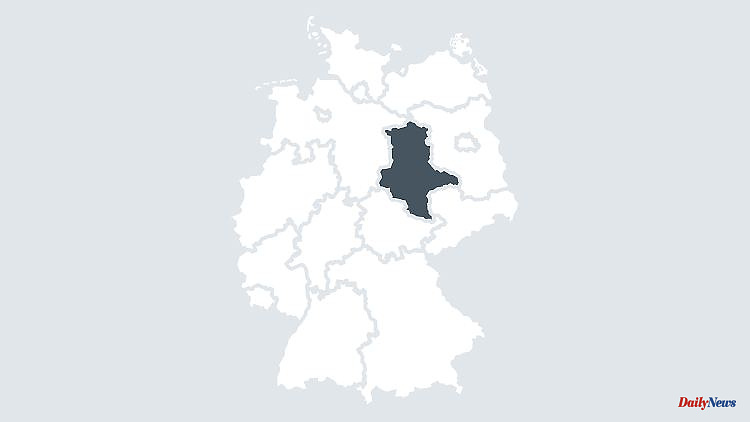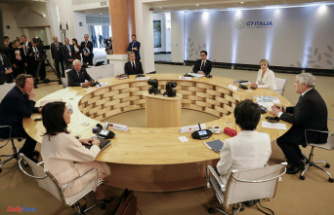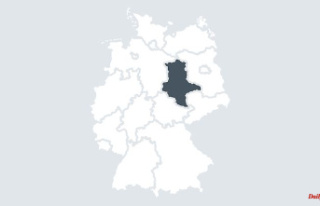Church roofs are usually large - and actually suitable for solar systems. But there are hurdles.
Magdeburg (dpa/sa) - A number of community and vicarages in Saxony-Anhalt are getting on in years, but the energetic renovation is considered difficult in view of the high costs and historical building fabric. But saving energy is a very important topic, both in the future and now. "We are in austerity mode," said a spokesman for the Evangelical Church in Central Germany (EKM) in view of the increased costs. Specifically, that means less heating and lighting where possible and where it is justifiable, because nobody should be freezing.
In the long term, the church is dealing intensively with the topic of saving and sustainability, as spokesmen emphasized. According to the information, a query is also being run within the EKM in the communities as to where and to what extent the installation of photovoltaic systems on community buildings could be possible. "High-ranking monuments and world heritage sites are out of the question," emphasized the EKM spokesman.
Solar systems, for example on the roof or tower of churches, such as famous churches such as the Castle Church in Wittenberg, which is part of the UNESCO World Heritage, should not exist in the future either. On the other hand, the approval for a photovoltaic system is now available for a community center in Halle, said the EKM spokesman. Solar systems are a building block in countering climate change.
The evangelical church in the town of Pülzig (district of Wittenberg) has had a solar system since 2005 in order to generate electricity itself, as a spokesman for the Evangelical Church of Anhalt said. However, the installation of large solar systems, which use the power of the sun to generate energy, does not work overnight on community buildings. "Because the demand for photovoltaics is currently very high everywhere," said the EKM spokesman. The background is that owners and landlords of residential and office buildings in municipalities are looking for alternatives to gas heating, for example.
According to the EKM, around 6,600 buildings belong to it. These include almost 4,000 churches and chapels, around 2,000 rectory and community centers and 500 other buildings such as archives and administration buildings. About 98 percent of the churches of the EKM are under monument protection. According to the EKM, it has around 638,000 members in more than 3,000 parishes and 37 church districts in Saxony-Anhalt, Thuringia, parts of Brandenburg and Saxony.












